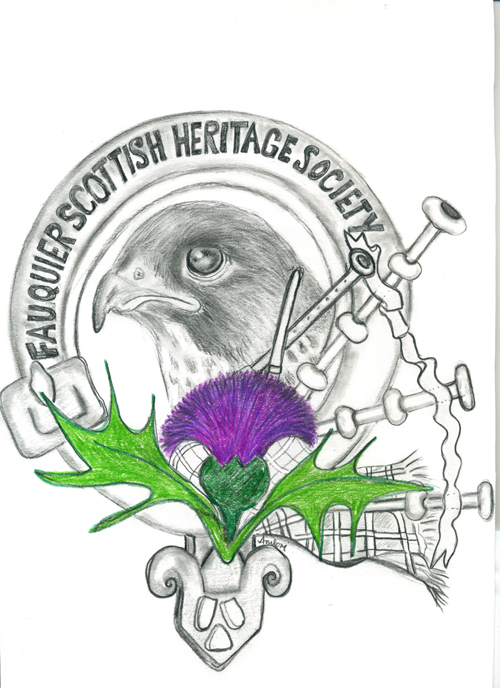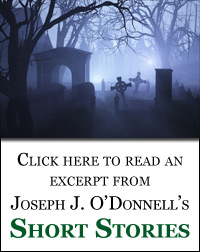The film was scripted by Richard Matheson, the Godfather of American horror stories; The Incredible Shrinking Man, I am Legend, and scriptwriter for a number of the best horror films of the 1960s and 1970s.
There had been talk in the early 1970s of a Hammer film titled Dracula Walks the Night, to be co-written by Matheson and resident Hammer scribe Jimmy Sangster. Christopher Lee and Peter Cushing were to continue in their roles as Dracula and Van Helsing as they square off in Victorian London. Van Helsing would team up with Arthur Conan Doyle’s Sherlock Holmes to destroy the fiend. As a further plus, it was to have been directed by Terence Fisher. Unfortunately, with the advent of vampire saturation from the American market with films like Count Yorga, Vampire (1970) and Blacula (1972), Hammer had to churn out more economical potboilers like Dracula AD 1972 (1972) and The Satanic Rites of Dracula (1973), robbing fans of what would have been the most interesting Dracula story conceived up to that time.
On viewing Bram Stoker’s Dracula, I came to the conclusion that I thought that Matheson had meant his story to be set on a larger scale; maybe utilizing ideas from the ideas mentioned above. Although that is only conjecture on my part, but with the confines of the budget and only a promise of a television showing, the finished script had to be scaled down somewhat. What we are left with is a short film loaded with references to Producer/Director Dan Curtis’s previous explorations with vampires: The House of Dark Shadows (1970) and The Night Stalker (1972), also scripted by Matheson, with a smattering of dialogue and incident thrown in from Stoker.
Jack Palance probably seemed an odd choice to take the lead role, but, in frock coat and graying temples, he does his best effort to bring humanity to his ethnically correct Count, playing him as an obsessed tyrant yearning for his lost love, Marianne, and finding her in Lucy Westenra.
He swaps his period dress for the obligatory cape thereafter and his enthusiasm for their first date at Hillingham adds a real spring to his step. His disregard for the rest of the human race is obvious in his bullying tactics with Jonathon Harker, and he is prone to childish tantrums when crossed. He boasts of his victories over the centuries, but one cannot help but think that he probably inaugurated the campaigns just for something to do.
Adding a deep supernatural growl to his cries of anguish highlights the fact that this is a Count with serious anger management issues.
One can imagine the kind of hold he had over his subjects when alive, as we see him playfully teasing and caressing his wife and then, raging unheard curses at the courtiers that hold him back when he discovers her dead. This is a man who is ruled by his passions and who regularly throws the rattle out of his pram when he can’t have his own way, but one who will eventually reduce his brides to tears because of his unruly behaviour.
The action scenes are played out in much the same way as in The Night Stalker, with adversaries being tossed aside or hurled through a convenient window. Bullets bounce off the Count but, other than that, the rest of his powers seem to be depleted. There are no bats or mist and he has to rely solely on his tremendous strength and powers of persuasion. Staring down both Van Helsing and Arthur after feeding on Mina, his body language tells us that he’ll come back any time he wants to, and no one will stop him! It is one of the most quoted scenes of understatement in a Dracula movie and always leaves the viewer, like Van Helsing and Arthur, gaping open-mouthed in disbelief.
Stoker’s Dracula speaks of siding with Attila and the Huns. This ties in with Palance’s own film iconography. The legendary screen bad guy actually played Attila in the film The Sign of The Pagan (1954). He had also previously partnered with director Curtis for the hit-and-miss television production, The Strange Case of Dr. Jekyll and Mr. Hyde (1968). Trivia note for comic book fans: when Marvel Comics began their successful stories based on Stoker’s Count, The Tomb of Dracula, artist Gene Colan used the features of Jack Palance as the template for his vampire king long before this film was made.
Twice nominated, for Sudden Fear (1952), and, more memorably, Shane (1953), as two-gun psychotic Jack Wilson to Alan Ladd’s diminutive hero, Palance would eventually take the long overdue Oscar statuette at the age of 73 for his performance as ageing cowhand Curly, in City Slickers (1991). In delight, he performed one-armed push-ups during his acceptance speech, stopping the show.
Jonathon Ross hosted London Weekend Television’s In Search of Dracula (1996), with an esteemed guest list: Francis Ford Coppola, Sadie Frost, Gary Oldman, Richard E. Grant, Christopher Lee, Ken Russell, Grace Jones and Jack Palance, all discussing the longevity of Bram Stoker’s character.
Twice married, Jack Palance died in California on 10th November 2006, truly a sad loss of one of the silver screen’s largest giants.
Please share the story on Facebook, or donate to support our efforts!





















.jpg)

























